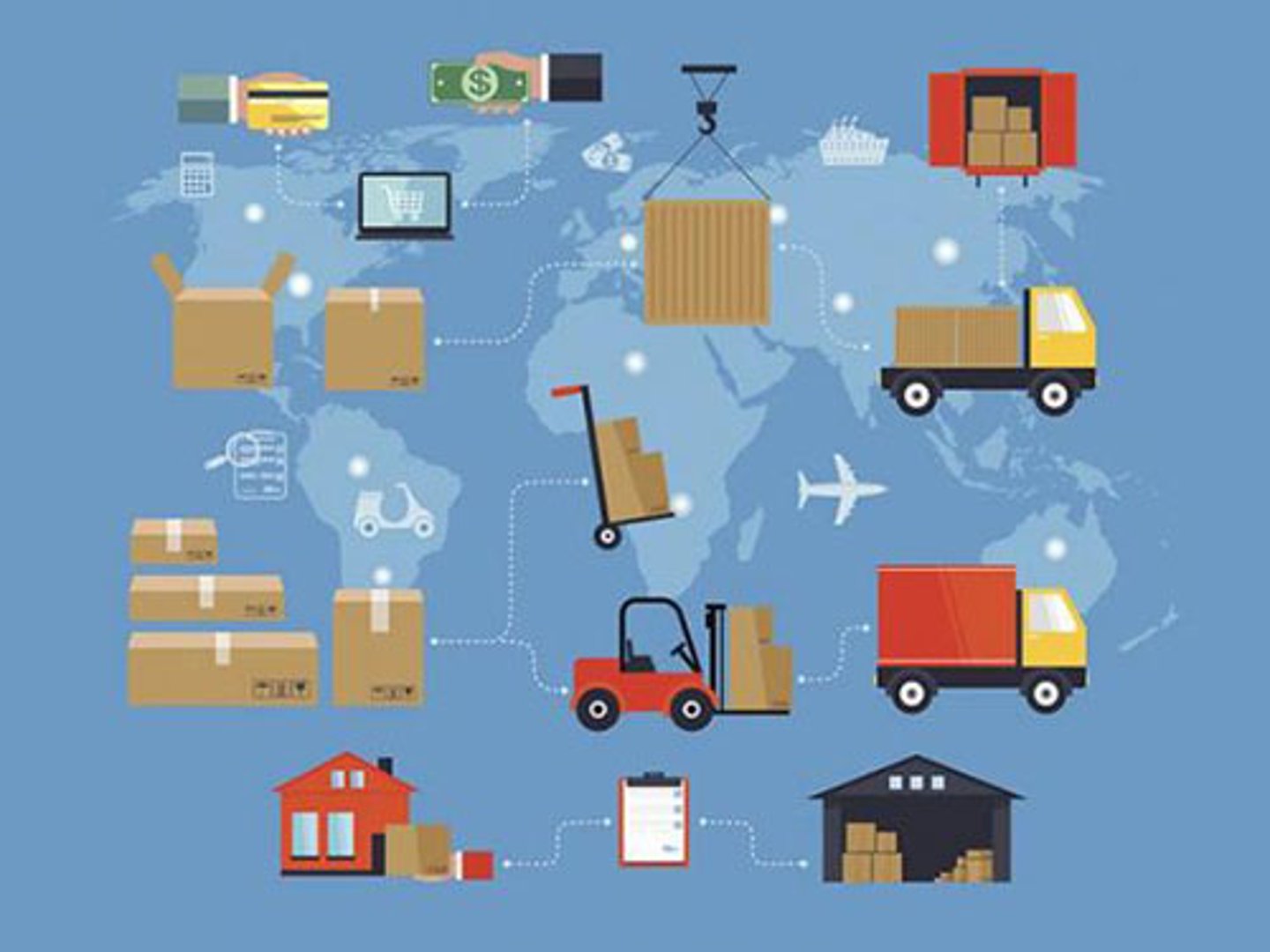Walmart, Target talk supply chain at NRF 2024’s Supply Chain Summit
Retailers can overcome supply chain disruption issues with technology and strategy.
That was the message sounded during a special one-day program, “Supply Chain 360 Summit,” held during NRF 2024: Retail’s Big Show. The program, open to all retailers, provided a deep dive into solving retail's toughest supply chain issues.
Highlights from sessions that featured speakers from leading retail companies such as Walmart and Target follow.
Walmart reimagines the supply chain
Walmart’s Jane Ewing, senior VP of sustainability and David Guggina, executive VP, supply chain operations, discussed how their teams collaborate to ensure Walmart observes its commitment to being a regenerative company.
Walmart, which moves more than 100 billion items annually through its supply chain, uses technologies such as automation and robotics to connect the supply chain end-to-end and positively impact operations.
“We have eliminated 105,000 delivery routes and 33 million miles driven,” said Guggina. “We have removed 100 million pounds of carbon dioxide from our transportation system.”
The company is also investing in robotics to enhance efficiency, automate repetitive tasks, and meet evolving customer demands.
“Taking in large quantities of data processing and quickly conducting those repetitive tasks at high speed, with high levels of precision,” said Guggina, “allows our humans to do what we do: utilize our creativity, our empathy for one another.”
According to Ewing, Walmart’s sustainability goals for its transportation system include having zero carbon emissions, the complete replacement of plastic mailers with 100% curbside recyclable paper packaging, and right-sizing corrugated cardboard boxes to eliminate excess use of cardboard and other materials.
Target focuses on last-mile and next-day delivery
In another session during the summit, Gretchen McCarthy, executive VP, chief supply chain and logistics officer, Target Corp., discussed how the discounter leverages different corporate assets to fulfill orders quickly and efficiently.
“Target uses stores as hubs,” said McCarthy. “We invested multi-billions of dollars for many years into leveraging stores for best-in-class fulfillment. We started offering drive-up order pickup 10 years ago, and are using drive up to make returns easier. It helps build customer relationships.”
McCarthy also discussed how Target uses sortation centers, which streamline the process of fulfilling and delivering online orders by removing the sorting process from the backroom of stores, to aggregate order volume in a given market by acting as cross-dock facilities for items from 30 to 50 local stores.
The beauty of sortation centers is on one hand, they are removing both workload as well as physical space in boxes out of the backroom of our stores,” McCarthy said. “We’re extremely excited about what sortation centers can unlock.”
Other insights heard at the Supply Chain 360 Summit are below.
- Suresh Krishna, CEO and president of Northern Tool & Equipment, said that the COVID-19 pandemic was a “wake-up call" for the specialty home improvement retailer. “All products go through one of our four national warehouses and we have two factories for manufacturing parts,” he said. “The pandemic woke us out of this bubble and accelerated efforts for BOPIS and curbside pickup.”
- In a panel on AI’s role in inventory visibility and optimization, Sean Barbour, senior VP of supply chain for Macy’s Inc., said AI helps the department store chain make decisions in a supply chain where 50% of products are new every year. “Fashion is unpredictable and variable,” he said. “AI helps you determine where to position inventory and what to forward and deploy as opposed to hold in reserve.”
- Scott Vifquain, CTO and executive VP of Tailored Brands, gave his views on the top retail supply chain priority of 2024. “We need to overcome inventory uncertainty,” he said. “It’s important to be nimble. You need localized assortments to surgically get inventory right at the store cluster level. That’s where Tailored Brands will focus.”


